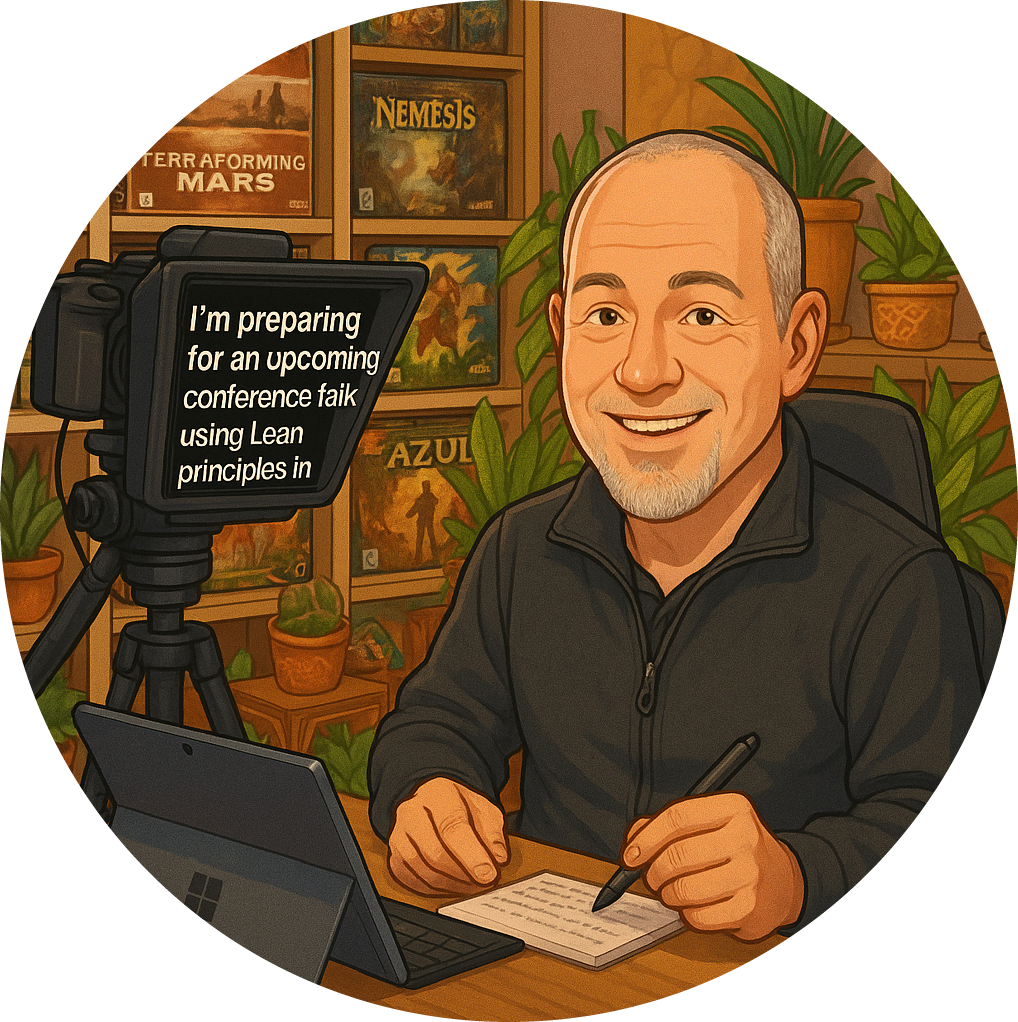As I reflect on my experiences delivering the Applying Professional Scrum class, I can confidently say it’s my favourite course to teach. The reason? It consistently sparks some of the most profound epiphanies for my students.
In this class, we don’t just talk about Scrum; we live it. We engage in four sprints, and I’ve recently started incorporating Minecraft into these sessions. This approach has transformed the way we experience Scrum, making it not just a theoretical exercise but a practical one.
The First Sprint: Embracing Chaos
We kick off the course with a sprint right away. This initial sprint is crucial because it allows participants to use the techniques they’re accustomed to when organising their work. What often follows is a realisation of just how chaotic the process can be. Many students enter the classroom with little to no experience in gaming, let alone Minecraft, which adds an extra layer of complexity.
This first sprint simulates the real-world experience of embarking on a brand new product or project. Imagine stepping into a situation where you have no idea what’s next, who your customers are, or even who you need to collaborate with. It’s a whirlwind of uncertainty, and that’s exactly what we aim to replicate.
The chaos of that first sprint is not just a minor inconvenience; it mirrors the confusion that can linger in the early stages of any project. In reality, this state of disarray can persist for an extended period, especially when various voices come in, dictating how things should be done. Often, a project manager might step in, attempting to impose order, but the initial chaos is a common experience.
Learning Through Structure
After this chaotic introduction, we transition into teaching the fundamentals of Scrum. The course is structured over two half days, with the first half dedicated to the initial sprint and the second half to another sprint, following a comprehensive introduction to Scrum principles.
During this time, we cover essential Scrum practices, and students begin to grasp how to organise their work effectively. They engage in planning sessions, have meaningful conversations, and agree on their objectives for the next sprint. While not every team achieves perfect alignment, the act of striving for agreement is a significant step forward.
The Realisation: Understanding Scrum’s Value
The second sprint is where the magic truly happens. Armed with their newfound knowledge, students approach this sprint with a clearer understanding of how to manage the chaos. They conduct check-ins and reflect on their progress, leading to another epiphany moment.
It’s during this reflection that students begin to understand the true purpose of Scrum. They recognise the benefits it can bring to their real-world projects. This understanding is transformative; it shifts their perspective from merely following a framework to appreciating the value of agility in their work.
Conclusion: The Journey of Discovery
In conclusion, the Applying Professional Scrum class is more than just a course; it’s a journey of discovery. By experiencing the chaos of the first sprint and then applying structured Scrum practices, students emerge with a deeper understanding of both the framework and its real-world applications.
If you’re considering diving into Scrum, I encourage you to embrace the chaos and learn through experience. The insights gained from this process are invaluable and can significantly enhance your approach to agile methodologies. Remember, it’s not just about doing Scrum; it’s about understanding its purpose and the value it can bring to your projects.



























